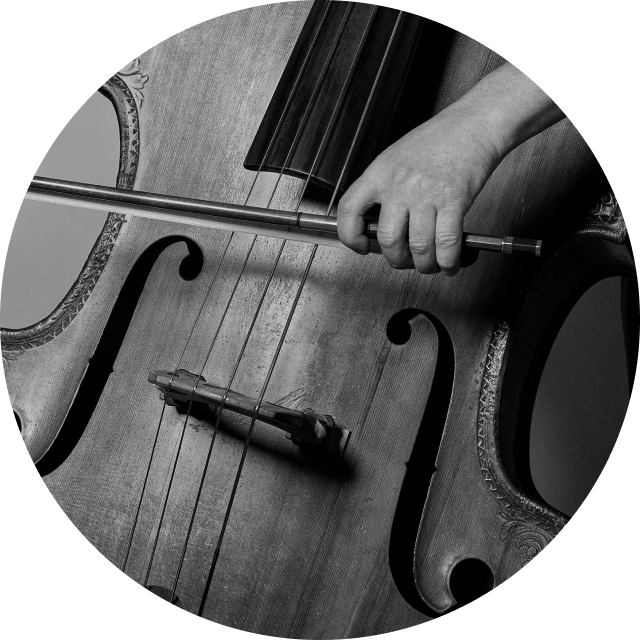Program
-
Felix MENDELSSOHN
Symphony No. 4, “Italian”
-
STRAVINSKI
The Firebird
-
AUGUSTA HOLMÈS
La nuit et l’amour
-
HECTOR GRATTON
Dansons le carcaillou
One of Montreal’s most eagerly awaited summer events returns for its tenth edition.
The pièce de résistance of the evening’s program is Mendelssohn’s Symphony No. 4 “Italian”. Imbued with happiness and a sense of closeness to nature, this work, at once danceable and lyrical, is ideal for this outdoor concert in the heart of the city’s largest park. Three excerpts from Stravinsky’s orchestral suite The Firebird will add a healthy dose of rhythm and energy to the program, while Augusta Holmès’ interlude La nuit et l’amour will add a touch of poetry and dreaminess, and the music of Quebec’s Hector Gratton will have us tapping our toes with Dansons le carcaillou.
Of course, we’ve also got one or two surprises in store for the public. But you’ll have to be at the foot of Mount Royal on July 30 to find out!
Thank you to CN, the concert presenter.
Thank you to all the partners who make this event possible: the Government of Québec, the Ministry of Municipal Affairs and Housing, the Conseil des arts et des lettres du Québec, Tourisme Montréal, the Conseil des arts de Montréal, the City of Montréal, the Ville-Marie Borough, Authentic Vins et Spiritueux, Music Performance Trust Fund, La Presse, and Le Devoir. Hydro-Québec is the official partner of the OM.
Our Donors
Thank you to all our donors who make it possible for our musicians to perform on stage.






